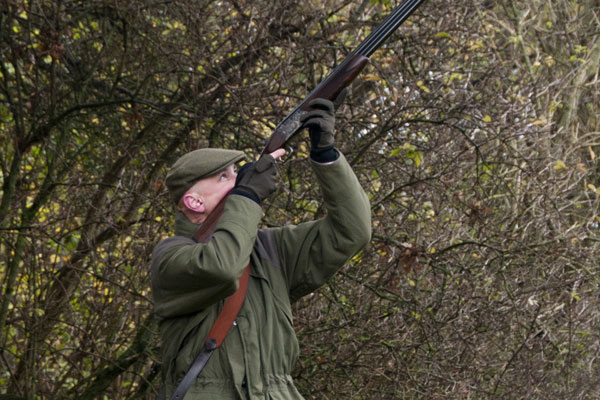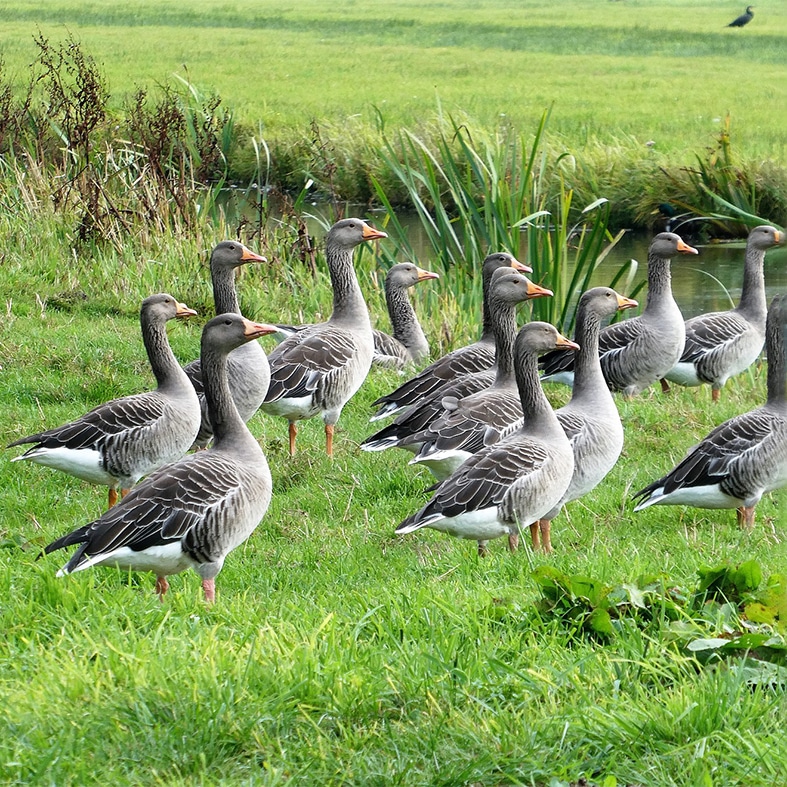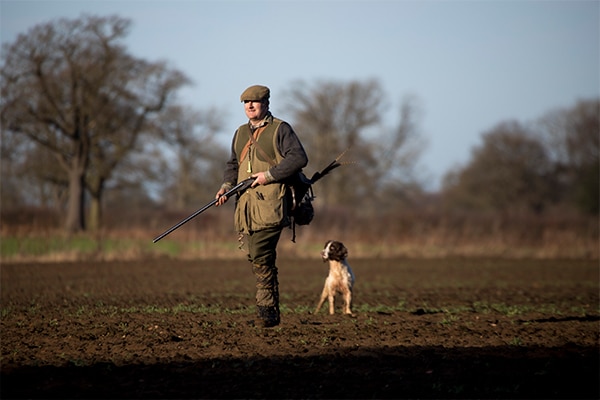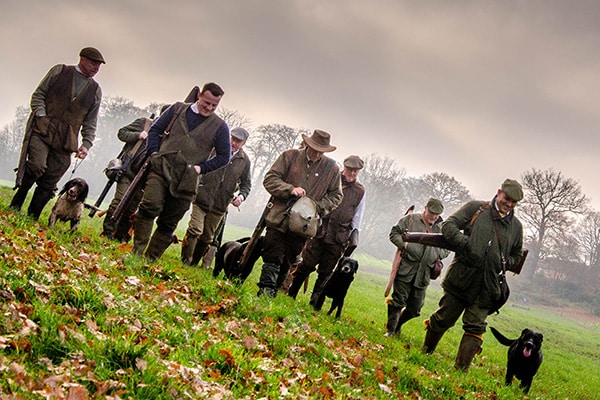
Game shooter certificate
If you have recently taken up game shooting or are looking forward to your first shoot day, this is the course for you.
Get information on the legal shooting season for mammals and birds in the UK.
Apply for funding for your project or make a donation today
Comprehensive information and advice from our specialist firearms team.
Everything you need to know about shotgun, rifle and airgun ammunition.
Find our up-to-date information, advice and links to government resources.
Everything you need to know on firearms law and licensing.
All the latest news and advice on general licences and how they affect you.


Home » Game Shooting » Game shooting advice » Inland goose shooting in Scotland
Goose shooting is a traditional and highly-valued recreation for many people. If carried out responsibly it brings sustainable economic benefits to rural areas and helps prevent damage to crops.
High standards underpin public and political support for shooting, now and in the future. Through good conservation we can all work to ensure plentiful quarry species while benefiting the wider environment
The code provides advice at two levels:
The following golden rules apply:

Want to check your inland goose shooting in Scotland knowledge, take our free online test.
Goose shooting is a traditional and highly-valued recreation for many people. If carried out responsibly it brings sustainable economic benefits to rural areas and helps prevent damage to crops.
High standards underpin public and political support for shooting, now and in the future. Through good conservation we can all work to ensure plentiful quarry species while benefiting the wider environment
The code provides advice at two levels:
The following golden rules apply:
Agents and guides must make their clients aware of the law concerning goose shooting, in particular that:
This code is endorsed by the following organisations in Scotland:
BASC Scotland, Scottish Centre,
Trochry, By Dunkeld,
Tayside PH8 0DY
Tel: 01350 723 226
Fax: 01350 723 227

If you have recently taken up game shooting or are looking forward to your first shoot day, this is the course for you.

Find out everything you need to know below. Whether you are new to game shooting, or want more practical advice we’ve got you covered.

There are various ways to get into game shooting but first things first you need to be a competent shot with a shotgun.